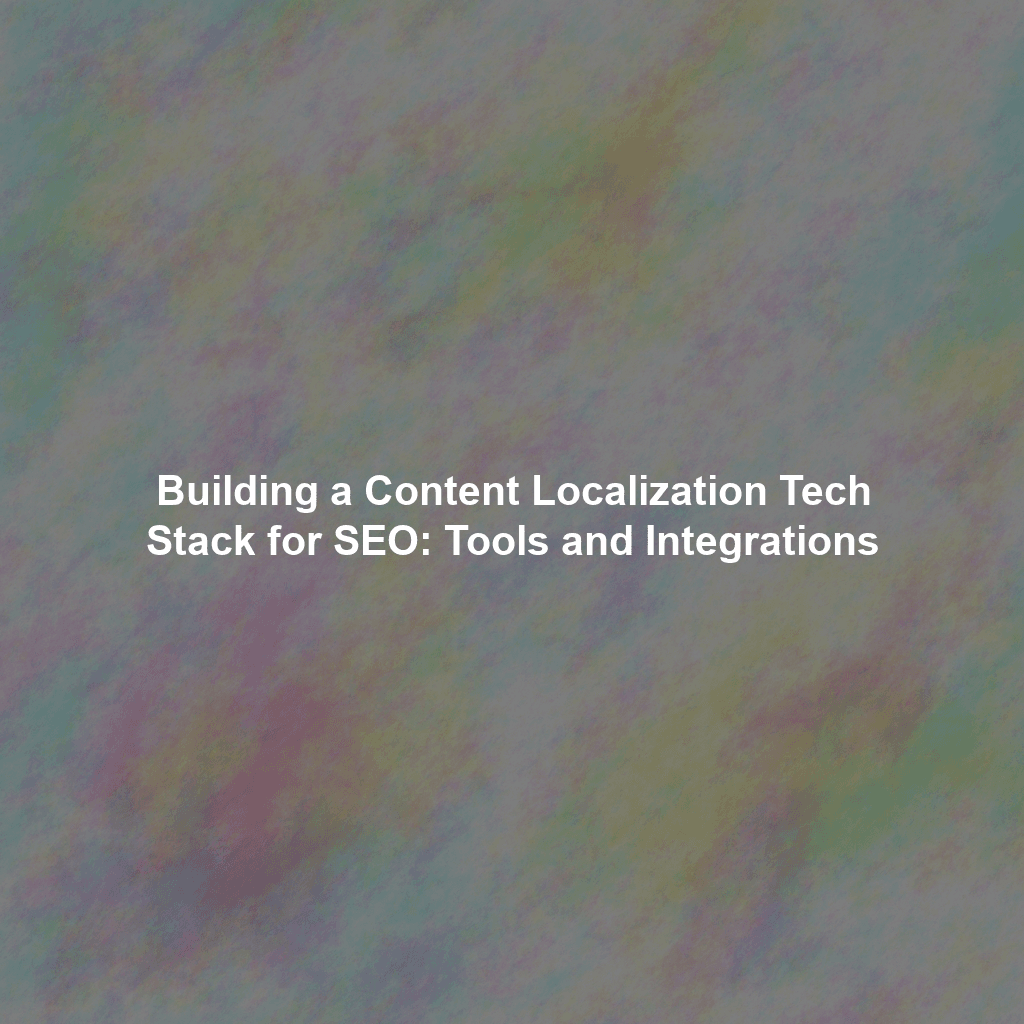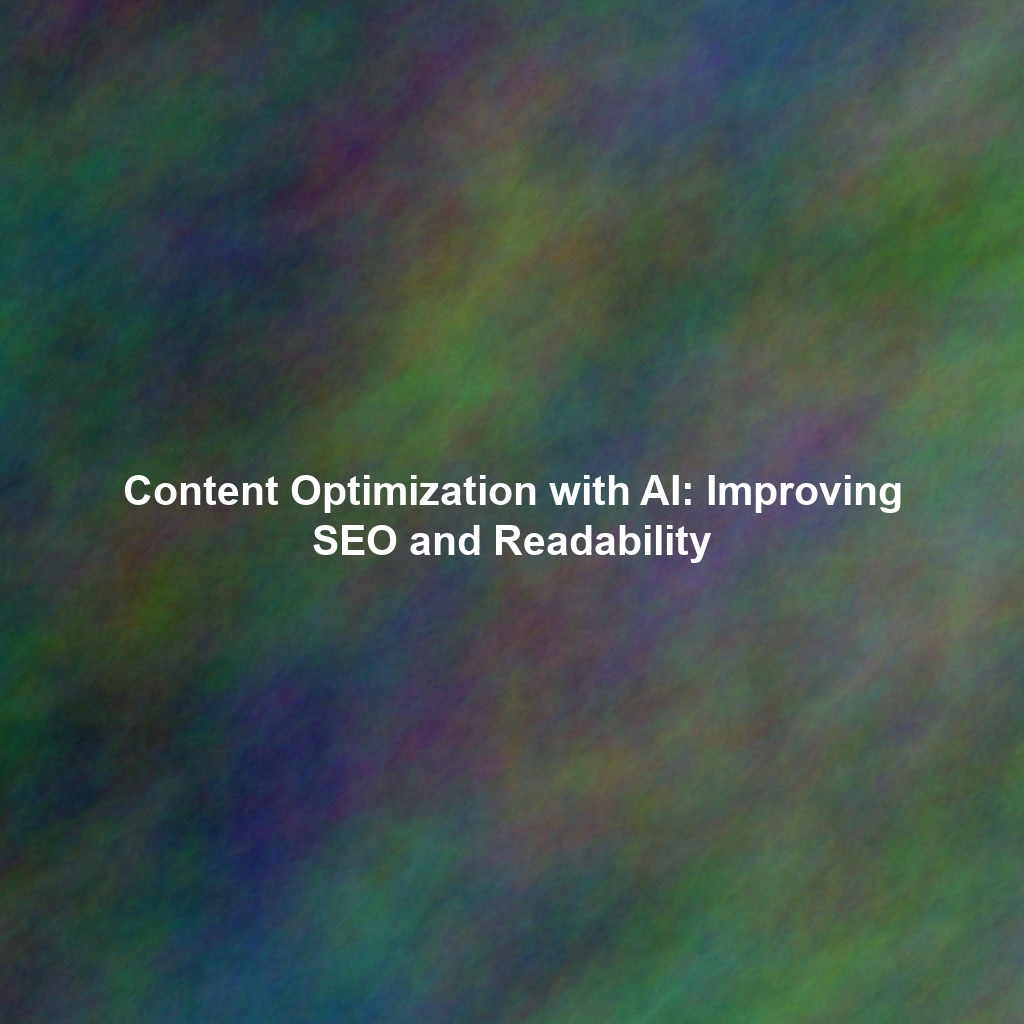In today’s interconnected world, reaching a global audience is paramount for business success. Content localization, adapting your content to resonate with specific languages and cultures, is no longer optional; it’s a necessity for effective global SEO. However, scaling content localization efforts requires a robust tech stack that streamlines workflows, ensures consistency, and maximizes ROI. This guide will walk you through the essential tools and technologies needed to build a winning content localization tech stack for your SEO team.
The Foundation: Translation Management Systems (TMS)
At the heart of any effective content localization strategy lies a Translation Management System (TMS). A TMS serves as a central hub for managing the entire translation and localization process, from content creation to deployment. It helps automate tasks, improve collaboration, and ensure consistency across all languages.
Key Features of a TMS:
- Centralized Content Repository: A TMS stores all your source content and translated versions in one place, making it easy to manage and track progress.
- Workflow Automation: Automate repetitive tasks like sending content for translation, assigning reviewers, and managing deadlines.
- Translation Memory (TM): This feature stores previously translated segments, allowing you to reuse them for future projects and reduce translation costs.
- Terminology Management: Create and manage a glossary of approved terms to ensure consistent brand messaging across all languages.
- Quality Assurance (QA): Integrated QA tools help identify and correct errors in translation, ensuring accuracy and fluency.
- Reporting and Analytics: Track key metrics like translation costs, turnaround times, and quality scores to optimize your localization process.
Popular TMS options include:
- memoQ
- Phrase
- Smartling
- Trados Enterprise
- Crowdin
Powering Efficiency: Machine Translation (MT) Engines
While human translation remains crucial for high-quality, nuanced content, Machine Translation (MT) can significantly speed up the localization process, especially for large volumes of content. MT engines use artificial intelligence and machine learning to automatically translate text from one language to another.
Choosing the Right MT Engine:
- Language Pair Support: Ensure the MT engine supports the languages you need to translate your content into.
- Industry Specificity: Some MT engines are trained on specific industries, such as legal or medical, which can improve accuracy for specialized content.
- Customization Options: Look for MT engines that allow you to customize the engine with your own terminology and translation memories.
- Integration Capabilities: The MT engine should seamlessly integrate with your TMS and other tools in your tech stack.
Popular MT engines include:
- Google Translate API
- Microsoft Translator API
- DeepL API
- Amazon Translate
Important Note: MT output typically requires post-editing by human translators to ensure accuracy and fluency. This process is known as Machine Translation Post-Editing (MTPE).
Optimizing for Search: SEO Keyword Research Tools
Localizing content isn’t just about translating words; it’s about adapting your SEO strategy for each target market. This requires conducting keyword research in each language to identify the terms that your target audience is actually using to search for your products or services.
Essential SEO Keyword Research Tool Features:
- Language-Specific Keyword Data: The tool should provide keyword search volume, competition, and related keywords for each language you’re targeting.
- Competitive Analysis: Analyze the keywords that your competitors are ranking for in each market.
- Keyword Clustering: Group related keywords together to create more targeted and relevant content.
- Integration with Other Tools: Seamless integration with your TMS and website CMS can streamline the keyword implementation process.
Recommended SEO Keyword Research Tools:
Remember to use native speakers to validate keyword research and ensure cultural relevance.
Seamless Integration: Website CMS Integrations
Your website CMS is where your localized content ultimately resides. Seamless integration between your TMS and CMS is crucial for streamlining the content publishing process and minimizing manual effort. A good CMS integration allows you to:
- Automatically send content for translation: Submit content directly from your CMS to your TMS with a few clicks.
- Receive translated content directly into your CMS: Automatically import translated content back into your CMS, preserving formatting and layout.
- Preview localized content: Preview how your content will look in different languages before publishing.
- Manage multilingual content: Easily manage and update content in multiple languages from a single interface.
Most popular CMS platforms, such as WordPress, Drupal, and Adobe Experience Manager, offer native integrations with leading TMS solutions or provide APIs that allow for custom integrations.
The Power of Data Sharing and Workflow Automation
The true power of a well-built content localization tech stack lies in its ability to facilitate seamless data sharing and workflow automation. By connecting your TMS, MT engine, SEO keyword research tools, and website CMS, you can create a streamlined and efficient process that reduces manual effort, minimizes errors, and maximizes the impact of your global SEO efforts.
Conclusion: Investing in Your Global Future
Building a robust content localization tech stack is an investment in your company’s global future. By carefully selecting the right tools and integrations, you can streamline your localization process, improve the quality of your translated content, and ultimately drive more traffic, leads, and revenue from international markets. Regularly review and optimize your tech stack to ensure it continues to meet the evolving needs of your global SEO strategy.
 Skip to content
Skip to content

